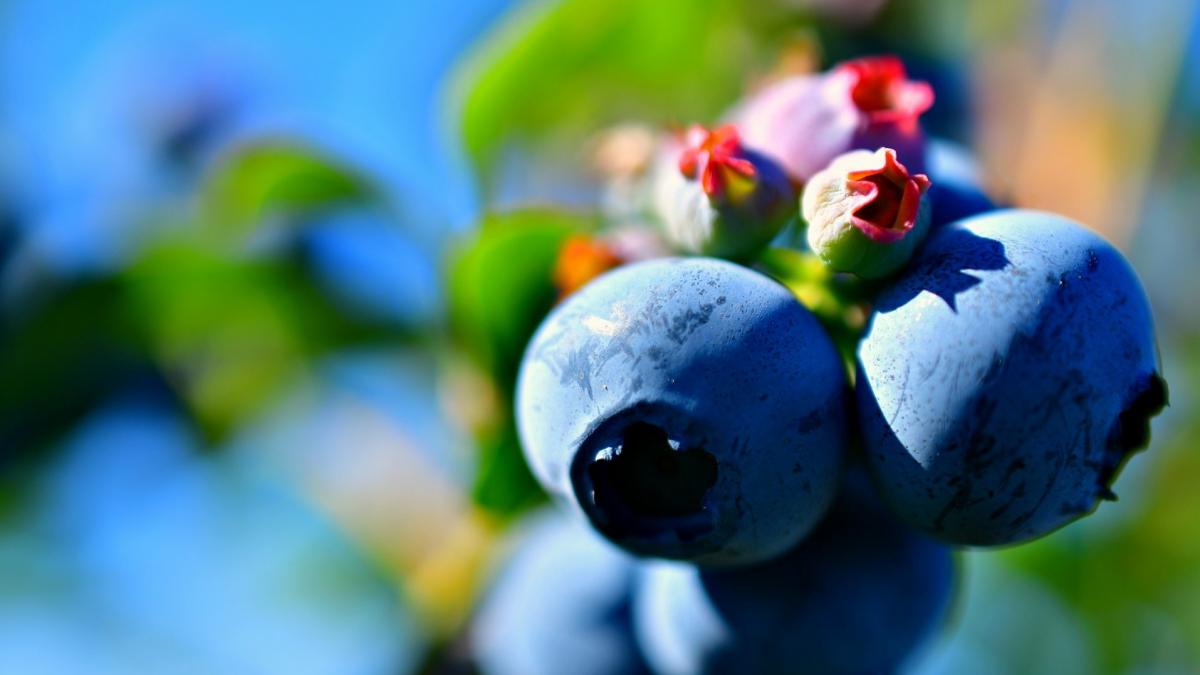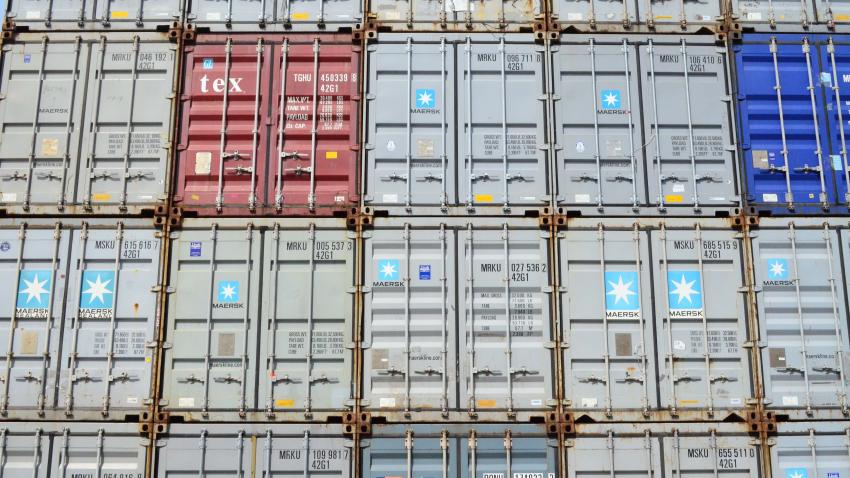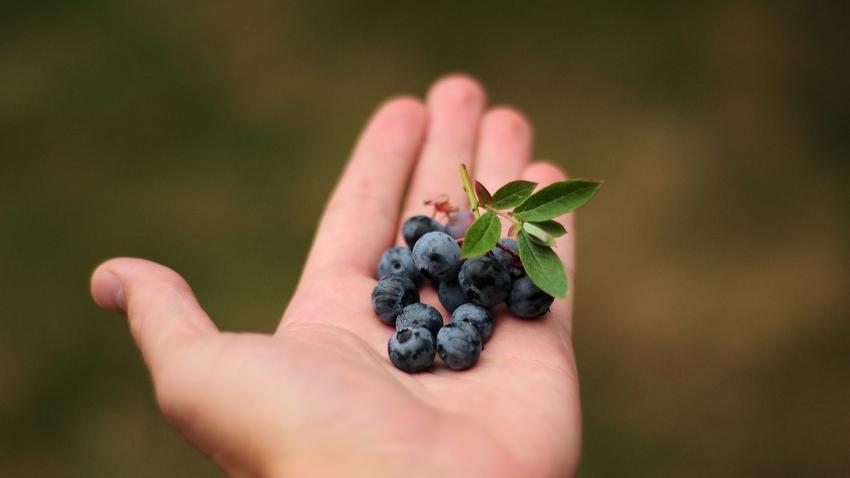You are here
Back to topWhat Drives China’s Phenomenal Blueberry Production?

Commercial blueberry production in China has been growing at a remarkable rate in recent years. Statistics for 2023 indicate that the number of administrative regions involved in blueberry cultivation across the country has now increased to 27 from the initial 10, spanning from habitats of the Siberian tiger in the north all the way to the tropical island of Hainan in the south and from the Qinghai–Tibet Plateau in the west to the Yellow Sea in the east. Meanwhile, the blueberry cultivation area has expanded from 10 hectares at the start of commercial production to 77,000 hectares at present, now yielding an average output of 525,000 metric tons each year. The provinces currently at the forefront of China’s blueberry cultivation efforts are Guizhou, Liaoning, Shandong, Sichuan and Yunnan.
When analyzing the surge in China’s blueberry production, a key factor to consider is consumer demand. Over the past five years, the demand for blueberries in China has grown at an annual rate of approximately 40%, in stark contrast to the much lower growth rates observed for many other fruits, which have typically ranged from 3% to 5%. Nonetheless, China’s per-capita blueberry consumption remains well below that of Western countries, and there is still a sizable market to be explored in third- and fourth-tier cities. According to data published in a recent report on China’s blueberry sector by Insight and Info Consulting, the per-capita consumption of blueberries in China is now 0.26 kilograms, approximately one-tenth of that in the United States (2.63 kilograms in 2022). Meanwhile, industry estimates indicate that China’s annual blueberry demand is approaching 1 million metric tons.
An “Era of Great Profits”
Even though it has now been more than two decades since the beginning of commercial blueberry production in China, the sector is still said to be in an “era of great profits.” In Yunnan province, for example, the output value in the second year of cultivation typically reaches 150,000 Chinese yuan per mu ($311,000 per hectare), corresponding to a net income of 70,000–80,000 yuan per mu ($145,000–166,000 per hectare) after excluding production-related expenses. This appealing potential has attracted many companies to engage in blueberry production, a trend that is still continuing.
Shenzhen Noposion Crop Science Co. Ltd., originally an agrochemical company, is one of the Chinese business giants that has made investments in the blueberry sector. With its production bases in Yunnan province, the firm is currently focusing on expanding its cultivation area, which has increased from 6,000 mu (400 hectares) in 2022/23 to 20,000 mu (1,333 hectares) in 2023/24. Once new plantings have entered a phase of stable production, their yield can be expected to reach 1.5 metric tons per mu (22.5 metric tons per hectare). In the first quarter of 2023, the company’s sales volume hit 1,570 metric tons, with an approximate revenue of 50,000 yuan ($6,900) per metric ton.
Rising Labor Costs and Uncertain Future of Domestic Cultivars
One of the concerns now facing China’s blueberry sector is increasing labor costs, which are expected to persist in the coming years. According to Chinese blueberry growers, berry pickers were paid approximately 50 yuan ($6.91) per day in 2013, but this has since tripled to about 150 yuan ($20.73). Furthermore, as planting areas continue to expand and the harvest period spans just a few months, some growers have encountered difficulties finding qualified workers.
According to industry standards, blueberries intended for the fresh market must be picked by hand to retain the white covering known as bloom, which protects the berries from decay and extends their shelf life. Although mechanical harvesters are used in some other countries, these risk damaging the fruit and are often regarded as more suitable for berries intended for processing. Looking at the situation from another perspective, growers agree that labor costs in China are lower than those in Western countries, and China’s large population means that severe labor shortages are less likely to occur.
Another aspect that could impact the industry’s future development is the varietal range. At present, the majority of blueberries grown for commercial purposes in China are of foreign origin, with developers holding patents and applying for protection of new plant varieties in China. Although there are common cultivars grown in China and local researchers are continuing to breed new types, it is reported that these have so far been unable to adequately compete with imported varieties in terms of quality and diversity.
There is a possibility that domestically cultivated blueberry varieties may gradually lose their popularity among Chinese consumers, even when sold at lower prices, as more foreign varieties enter the market. Taking the Eureka variety from Australia as an example, its current price ranges from 60 to 80 yuan per jin ($16.58 to $22.12 per kilogram), whereas the price of the conventional Jewel variety is only 30 yuan per jin ($8.30 per kilogram). Meanwhile, foreign blueberry producers are continuing to establish major production bases in China, with Driscoll’s, Costa, Planasa and Agrovision already competing in the market.
Image: Unsplash
This article was based on a Chinese article. Read the original article.















Add new comment